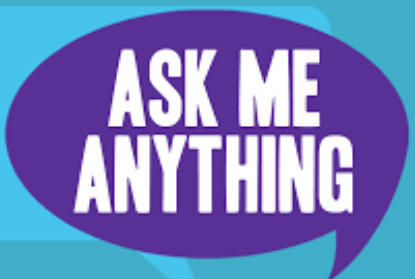Dating apps have become enshittified and is why they are so ineffective. However, there is a huge opportunity for improvement. The core hypothesis my app is: a pay-per-mutual-match model that aligns user and app incentives. The mutual financial investment also makes users more likely to engage once they match.
My app doesn’t rely on complex algorithms or AI for matchmaking, as they perpetuate biases. Instead, I use a transparent system where users fill out a detailed questionnaire, and I match them based on their answers using SQL queries.
The app is built with open source software (Docker, Django, Flutter, and more!), so no vendor lock-in. This is the first app I ever made so it has been an incredible learning experience.
Ask me anything about my app, Qtpi, my tech stack, or my journey!


I think getting people to pay anything will be a hard sell. But I also think “free” creates bad incentives. This is probably “better” but humans are really bad at understanding things.
I wonder if a tip / pay what you want model would have legs. Probably there’s too many freeloaders, sadly.
I would also feel pretty bad if I paid for the match and it fizzled out. Like we chat but don’t have a date, or realize there’s some deal breaker (eg: they’re moving away in a month, they smoke, they hate bisexuals, etc). Some of that would be covered by the profile, but some won’t, or won’t be noticed.
I might try it, based on what I saw with the first couple free matches. But it would also get expensive really quickly. Cheaper than subscriptions though. I think hinge wants like $50/mo for it’s top tier.
Like, do I pay $100 up front to have 100 likes in flight? Or do I bottleneck it to some smaller number and wait for the duds to expire? Wait for others to make the first move? The optimal strategy is unclear.
Sorry, sort of just rambling a bit.
Is NYC one of your target markets?